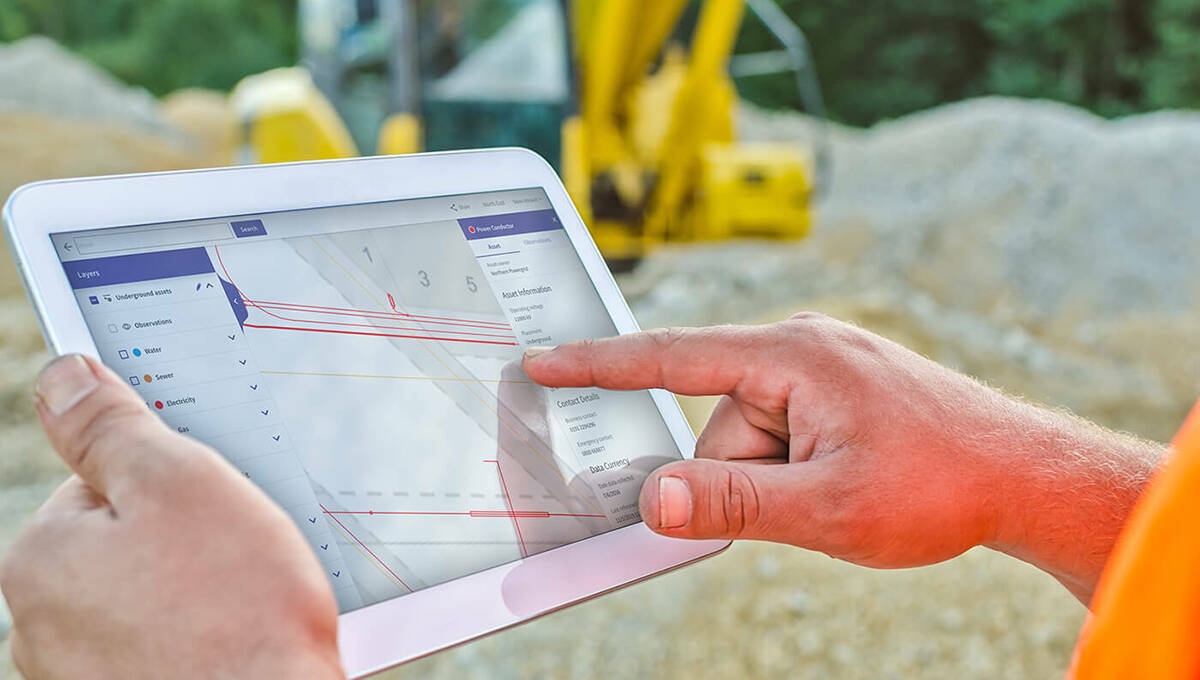e project has demonstrated that the UPRN, when used as a key reference identifier, facilitates effective and efficient public service information sharing resulting in tangible service provider benefits that ultimately lead to better outcomes for citizens:
Issue
Being able to share information and communicate effectively is a key aspect of good multi-agency service delivery. The vision for the Joint Emergency Services Group was to adopt the Unique Property Reference Number (UPRN), as contained with the AddressBase® range of products, as the mechanisms to accurately share information and communicate effectively. There were a number of challenges that needed to be overcome to deliver against the vision:
- gain acceptance from all stakeholders to the value of the UPRN
- acceptance that one agency could act as a data custodian for another;
- complexity of underpinning back office systems with a single unique identifier;
- distrust in the security and assurance of other agencies systems;
- reluctance to share information electronically;
- unwillingness to share resources;
- lack of strategic leadership; and
- absence of a clear supportive and consistent change management structure.
Solution
In response the Welsh Government challenged the public sector to "Create one version of the truth through a single, accurate and sustainable property dataset for use as the basis for information exchange across the public sector in Wales".
A cross sector Project Board was established to ensure robust governance with clear project management principles significantly reducing the risk of failure. Representatives from across the public sector in Wales recognised that the project could become a vanguard for public service improvement and accepted both the challenge and strategic support. Over the following weeks a set of actions were agreed to deliver this ambitious and innovative challenge.
This programme of work agreed to:
- improve the accuracy of the local address data where needed
- utilise local address data to maximise revenue income within each authority through integration with Council Tax and Non-Domestic Rates systems.
- establish cross public sector collaborative working groups to deliver the challenge;
- reduce the costs associated with the management and maintenance of multiple individual gazetteers across organisations;
- improve efficiency and collaboration through effective sharing between agencies ensuring accurate and up-to-date response information during emergency scenarios;
- reduce overheads, duplication and errors associated with double-keying of information;
- improve service response times;
- reduce the administrative burden and costs associated with staff time, call handling and telephony
The robust governance and project management principles ensured that the project was managed according to best practice. Significant effort was put into engagement with stakeholders at all levels and across many different organisations. This was key to ensure everyone was aware of the plans and progress. Local groups met regularly on particular work task areas and this helped to maintain momentum and enthusiasm.
Outcomes
The project has demonstrated that the UPRN, when used as a key reference identifier, facilitates effective and efficient public service information sharing resulting in tangible service provider benefits that ultimately lead to better outcomes for citizens. The approach undertaken has established a proven, long term and scalable solution to secure multi-agency electronic information exchange. This has been achieved by having a clear vision of the value of the UPRN to underpin information exchange as well as close on going collaborative engagement with stakeholders.
Local authorities
By aligning local address data with Council Tax and Business Rate systems, local authorities in Wales have increased their revenue streams by between £50k and £180k per Authority, per annum. Equally, this project has demonstrated a collaborative working model whereby one service provider can store and maintain key operational information for use by many others across secure networks.
Information Sharing
This project has now created an environment whereby the pilot organisations have the ability to securely and effectively share location based information/intelligence with one another which goes beyond simply transferring details of incidents. This includes for example violence at work registers. Historically this type of information held by different organisations has not been freely shared even though many public sector workers could be visiting the same potentially dangerous households.
In addition, the project a schema that could be the catalyst for future systems development for information sharing across the public sector.
Emergency Services
During 2012, the project developed a mechanism to electronically transfer incident information between emergency responder organisations and, over a six week trial period, used a common address dataset and secure infrastructure, to successfully share 1200 incidents between the various emergency service bodies. This innovative approach proved a reduction in the operational response times in relation to emergency incidents and improvements in the quality and timeliness of incident data. Several test scenarios proved the reduction in time for mobilising multiple responders from over 4 minutes to 16 seconds. Faster incident response times reduces the impact on those involved in an emergency and increases confidence in the incident location. The approach also reduces the risk of widespread failure and improves resilience, efficiency and safety.
Within Wales, over 300,000 calls are made per annum across the three emergency services offering a potential to save over 18,000 hours of emergency service control room staff time spent telephoning other agencies. Future integration with Local Government and the Single Non Emergency Number (101) will easily double this saving.
In addition, the following benefits have been identified:
- improved decision making and shared situational awareness;
- improved confidence that other agencies have the same incident information and will arrive at the same location;
- opportunity in the very near future to share pictures and/or video clips of an incident;
- reduction in abandoned calls;
- increased time with the caller to gather intelligence and provide support;
- faster response times to incidents have a positive impact to those involved in the incident;
- improved health and safety of responding organisation personnel by the timely relay of accurate information; and
- reduced pressure on staff at peak times.



